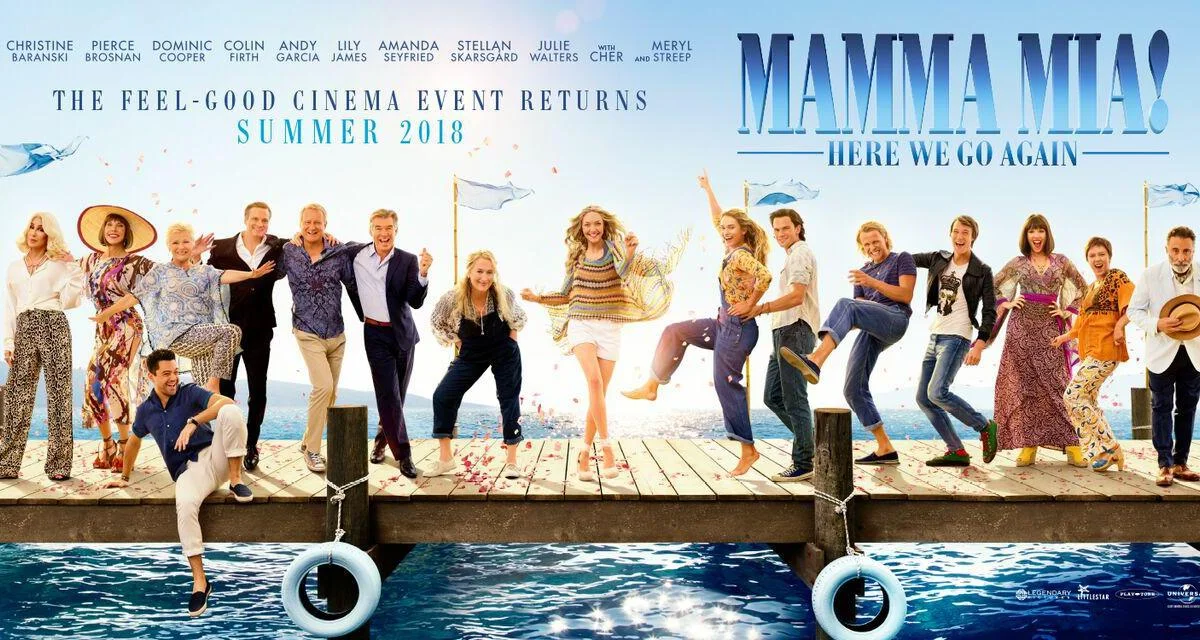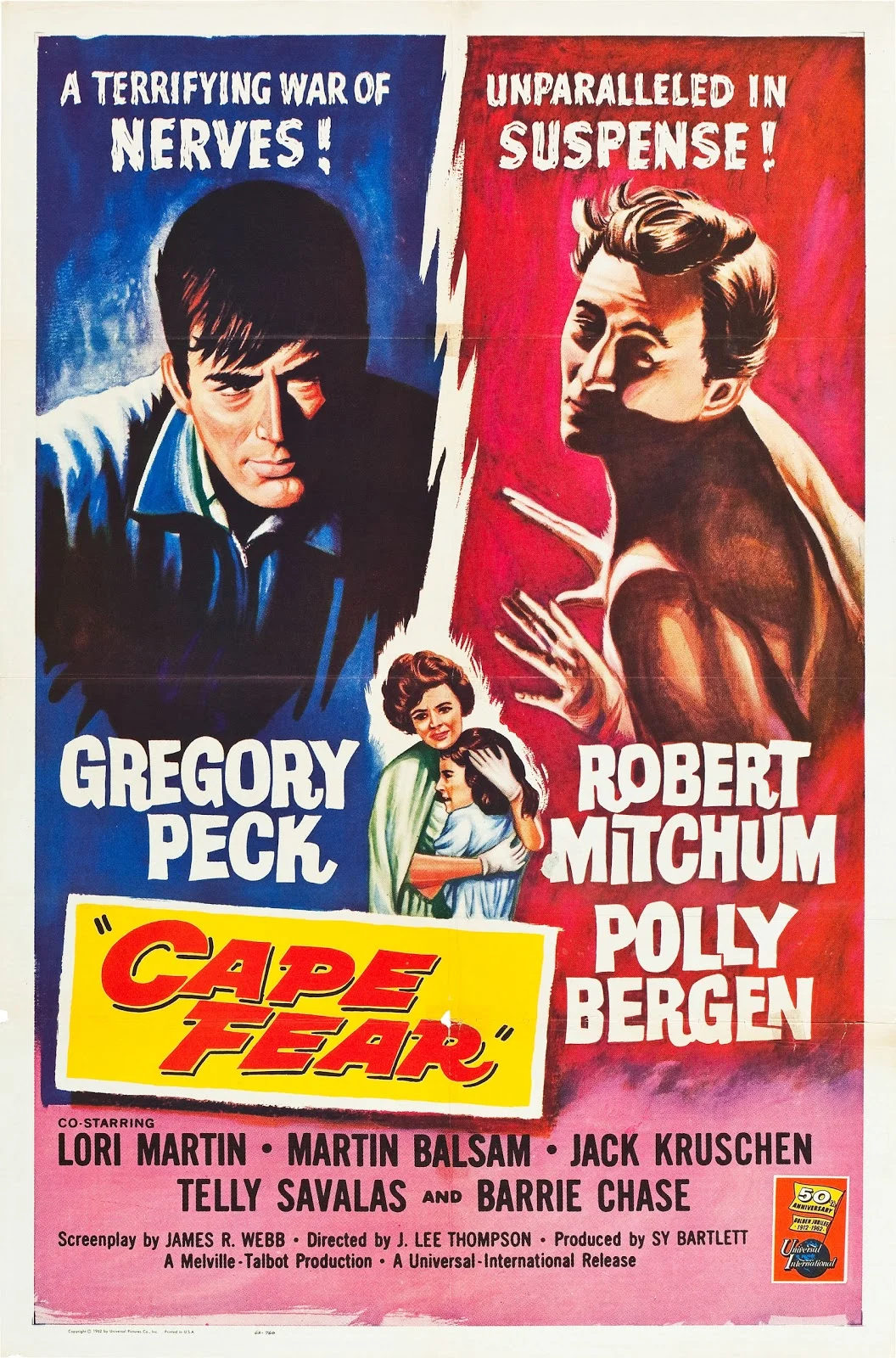Kirk Douglas and Frank Sinatra, another two of Hollywood’s brightest stars from Hollywood’s “Golden Age” also have to be two of the angriest actors ever written about. Douglas admitted to his anger in his book: The Ragman’s Son, while much was made of Sinatra’s temper while he was alive and many years after his death. Despite or rather in spite of their tempers, they managed to be in two films together, though not necessarily sharing many if any scenes. They also managed to be fairly good friends. Enough so that Kirk would go to Sinatra’s house for spaghetti dinners and some light gambling poker games. (If the rich are gambling: how ‘light’ is ‘light’?)
This also extended to their marriages. Douglas claimed to have counseled Ava Gardner during one of her stormy arguments with Sinatra, never telling him about it. And Sinatra in turn was reported to have made homemade chicken soup and spaghetti dinners for Douglas’s second wife any time she was under the weather. Douglas amusingly claims in two of his books that he would ask Frank Sinatra for some meal occasionally and Sinatra would, in polite terms here, tell him to, “go pound sand!”
Regardless for the reasons behind their friendship, however brief or long it may have been (reports vary), two fine films came out of these two wonderful entertainers: The List Of Adrian Messenger (1963) and Cast A Giant Shadow (1966). The latter is a repeat post – sorry! The former is a much scrutinized and analyzed film that can be summed up best in this reviewer’s mind as: a good mystery caper. Below are the reviews for said films.
The List Of Adrian Messenger (1963)
B&W – 98m
Aspect Ratio: 1.85:1 – Widescreen
Based On A Story By: Alec Coppel (uncredited) and Philip MacDonald (credited)
Screenplay By: Anthony Veiller
Exec. Prod.: Kirk Douglas (uncredited)
Dir.: John Huston
Starring: Tony Curtis, Kirk Douglas, Burt Lancaster, Robert Mitchum, Frank Sinatra, George C. Scott, Dana Wynter, Clive Brook, Gladys Cooper, Herbert Marshall, Marcel Dalio, Bernard Archard, Tony Huston (as Walter Anthony Huston), Ronald Long (as Roland Long), Alan Caillou (uncredited), Tim Durant (uncredited), Bernard Fox (uncredited), Paul Frees (uncredited), John Huston (uncredited), Delphi Lawrence (uncredited), Jan Merlin (uncredited), Barbara Morrison (uncredited), Richard Peel (uncredited), Noel Purcell (uncredited), Anita Sharp–Bolster (uncredited) and Dave Willock (uncredited).
Music By: Jerry Goldsmith
A former intelligence officer is tasked by the heir to the Gleneyre estate to investigate the unusual deaths of a disparate group of eleven men on a list. Amusing little caper film is arguably one of the most scrutinized in Hollywood History, thanks in no small part to actor Jan Merlin’s claims (see trivia for details). While “who is under the makeup?” may be up for debate – shot to shot – the fact that this moves along at a good pace and has a decent storyline remains in tact. The cast and director, no matter how much or how little they are in the film, are appealing and in fine form.
Personal note: This reviewer is still impressed with the ending of this film, decades after seeing it at age 8.
Trivia: In an article for Video Watchdog Magazine actor Jan Merlin claimed that he played the heavily made up parts in the film, mostly standing in for Kirk Douglas. He further claimed that Tony Curtis, Burt Lancaster and Frank Sinatra, doubled by Dave Willock, were never actually in the film and that they only filmed the “reveals” at the end of the film. He claimed to have used his experiences from this film for the reportedly thinly veiled novel: Shooting Montezuma: A Hollywood Monster Story, which he wrote. Elizabeth Taylor was reportedly offered a disguised role as a scruffy sailor named “Chesty” but turned it down known how painful the makeup would be. This film was partially shot on John Huston’s own estate in Ireland.
This was the final film of Clive Brook. John Huston cameos as Lord Ashton in a short dialogue scene in the last hunt. Paul Frees looped most of Jacques Roux’s dialogue in the film like, “thanks” when he accepts a drink from George C. Scott, this is attributed to sound issues on the set. He also provided a word or sentence (source depending) for Herbert Marshall. Frees is best known as the man who dubbed Tony Curtis’ Josephine voice in: Some Like It Hot (1959), since Tony Curtis couldn’t get his voice that high. This was the 4th of 7 films Kirk Douglas and Burt Lancaster made together. And finally: This film was spoofed in: Get Smart (1965–1970), Season 5, Episode 18: The Mess Of Adrian Listenger (1970).
Available on Blu–ray, DVD & Digital Copy
Cast A Giant Shadow (1966)
B&W / C – 146m
Aspect Ratio: 2.35:1 – Widescreen
Book By: Ted Berkman
Writer – Prod. – Dir.: Melville Shavelson
Co–Exec. Prod.s: Kirk Douglas and John Wayne (both uncredited)
Co–Prod.: Michael Wayne
Starring: Kirk Douglas, Senta Berger, Angie Dickinson, James Donald, Stathis Giallelis, Luther Adler, Topol, Ruth White, Gordon Jackson, Michael Hordern, Allan Cuthbertson, Jeremy Kemp, Sean Barrett, Frank Latimore, Frank Sinatra, Yul Brynner, Gary Merrill, Michael Douglas (uncredited), Rudolph Hess (archival footage), Geoffrey Palmer (uncredited), Franklin D. Roosevelt (archival footage), Jimmy Shaw (uncredited) and Joseph Stalin (archival footage).
Music By: Elmer Bernstein
In 1947, following the United Nations’ (U.N.’s) decision to split British Palestine into separate Jewish and Palestinian states, a former U.S. Army officer is recruited by the Jews to reorganize Haganah. Well done if just a tad overlong war drama. It should be noted that many dispute the historical accuracy of this film. However, this reviewer will not do so. Acting is strong and the script adds a few hints of humor: the recruiting of Douglas while he is shopping and Sinatra’s plane come to mind readily. (Seltzer? Really?) While this is not quite the epic that In Harm’s Way (1965) was, it is no less impressively mounted with yet another great cast. Worth a look on a rainy day, or in school towards the end of a school year.
Trivia: During filming John Wayne enraged Director Melville Shavelson with his views on the Watts Riots. Director Melville Shavelson and actor Kirk Douglas fought throughout this filming of this movie. At one point director Shavelson walked off set, leaving his assistant to take over for the day. This was Michael Douglas’ movie debut and Topol’s English film debut. The scene where Frank Sinatra’s spotter plane is attacked by an Arab fighter plane used a brief clip from: 633 Squadron (1964), showing a Nord 2002 (a French built Messerschmitt BF108).
Out Of Print on VHS but Available on Blu–ray, DVD & Digital Copy












